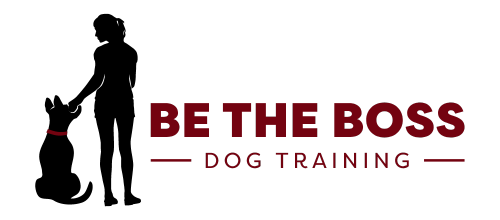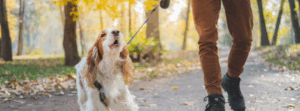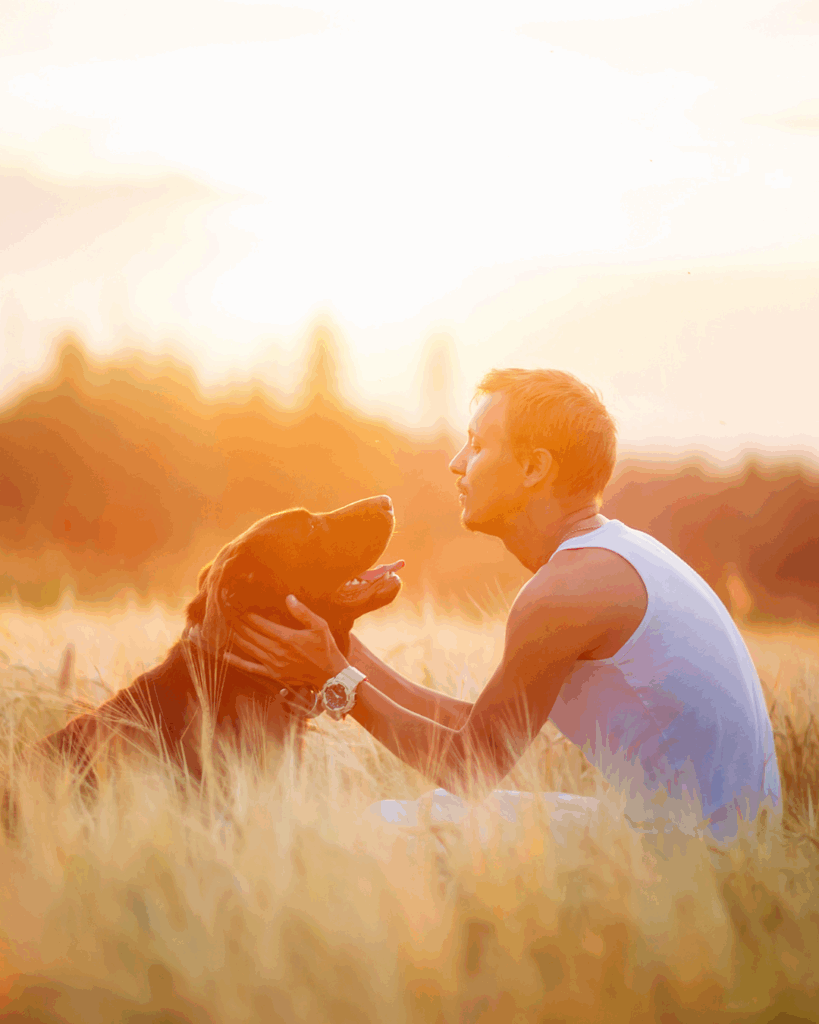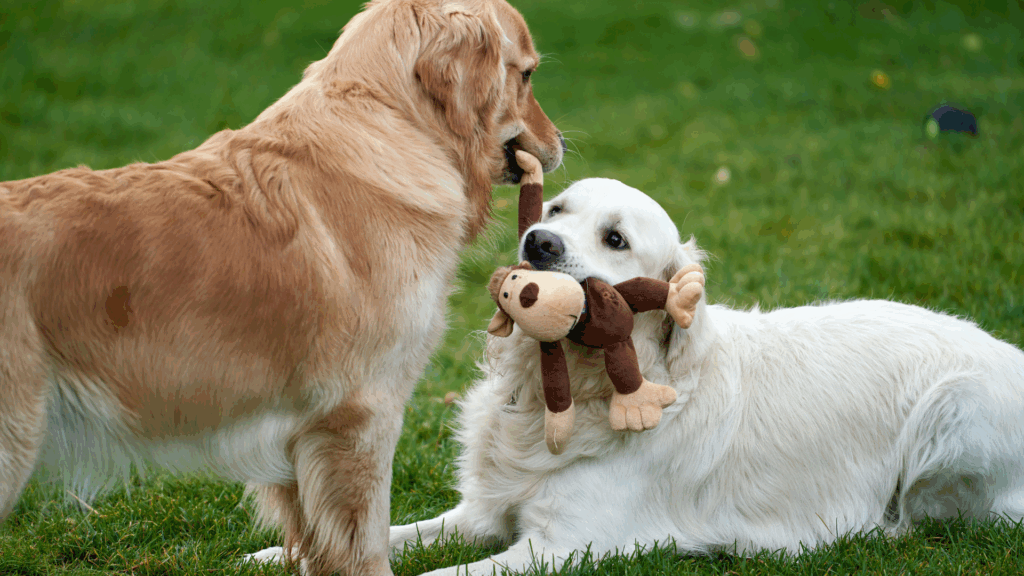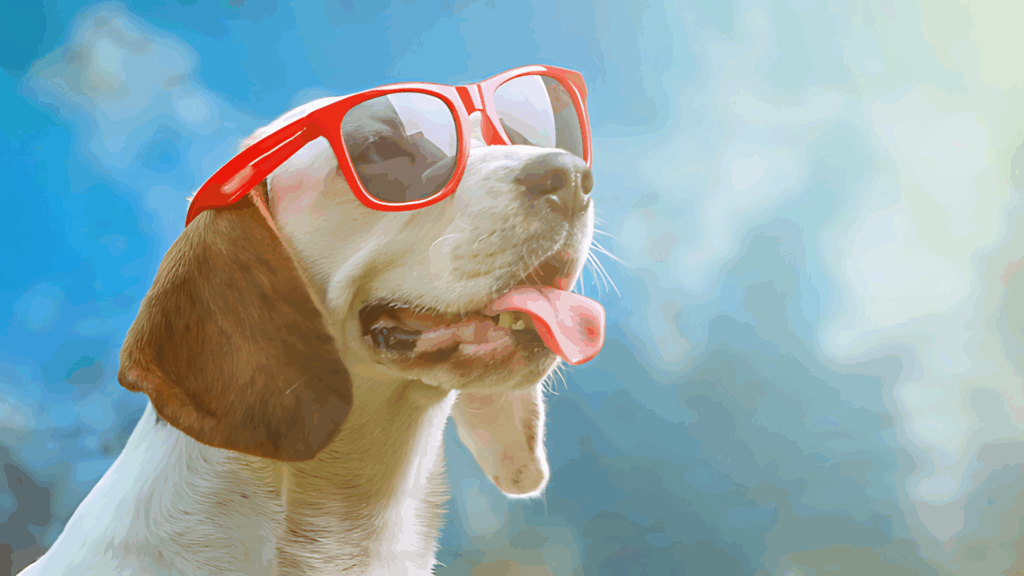If your dog barks, lunges, or shuts down around other dogs, people, or noises, you’re not alone—and you’re not out of options. Reactivity isn’t about disobedience; it’s about emotional overwhelm. And just like people, dogs can learn to respond differently when we change how we expose them to their triggers.
This blog reveals 4 powerful secrets that can transform your walks and your relationship with your dog—without relying on harsh corrections or wishful thinking. From understanding exactly when to step in, to recognizing that the boring moments are where real breakthroughs happen, we’ll show you how to work with your dog’s brain, not against it.
If you’ve ever felt stuck in a cycle of overreaction and frustration, these strategies will give you a foundation to build emotional stability—one calm moment at a time. Let’s dive into the simple but often-missed truths behind helping your reactive dog stay calm in a chaotic world.
Understanding Your Dog’s Threshold: Why Timing Is Everything
You’ve probably seen it happen—your dog is fine one moment, and then out of nowhere, they’re barking, lunging, or completely losing focus. But here’s the secret: it didn’t actually come out of nowhere. Dogs give subtle cues before they react. Maybe it’s a hard stare, a shift in body posture, a quick freeze, or even just the ears perking up. Learning to recognize that split second before the reaction gives you the chance to step in and guide your dog back to calm before the meltdown happens.
This is what trainers call “catching the dog under threshold.” When your dog sees or senses something that could cause a reaction—but they’re still thinking and listening—you’ve got a golden window. It’s in this moment that calm behavior can be rewarded, and reactivity can start to fade. The goal isn’t to push your dog to the edge. The goal is to keep them feeling safe and successful over and over again.
Every time your dog notices a trigger and stays calm, their brain is learning. That trigger no longer equals panic or explosion—it starts to mean nothing at all. That’s the magic of controlled exposure below threshold. It’s not about forcing your dog to “deal with it.” It’s about helping their nervous system reset, one calm exposure at a time.
And here’s where timing comes in again: wait too long, and you’ve lost the moment. Correct too soon, and your dog might not even notice the trigger yet. The sweet spot is subtle. But the more you practice watching your dog and learning their body language, the easier it gets. It becomes second nature.
That’s how reactivity starts to fade—not with force, but with timing and practice.Want to learn more? Reach out to us here with your questions—we’re happy to help.
So the next time you’re out on a walk, or facing a situation that normally sets your dog off, pause and really watch them. Are they still listening? Are they starting to tense up? Can you redirect or reward them before they go over the edge?
The Role of Distance and Duration: Building Tolerance Without Flooding
When helping a reactive dog, one of the easiest ways to go wrong is by doing too much too fast. We get it—you’re excited to help your dog improve. You want to see progress. But when it comes to reactivity, pushing your dog too close to the trigger or keeping them in a tough situation for too long can actually set you back. That’s where the power of distance and duration comes in.
Think of it this way: your dog has an invisible “bubble” around them. Inside that bubble, they feel safe. But if a person, dog, bike, or whatever they’re reactive to gets too close, the bubble pops—and so does their ability to stay calm. So rather than pushing your dog straight into their triggers, the real key is to work just outside that bubble. That’s where learning happens.
Start with distance. Can your dog see the trigger without reacting? Great! Stay there. Let them take it in. Reward calm behavior. Let their brain realize: “Oh, this isn’t so bad.” Then slowly—over time—you can reduce the distance. Little by little, their bubble starts to shrink. Not because you forced it, but because they learned to relax.
Then there’s duration. Don’t just hang out forever hoping your dog figures it out. Keep the exposure short and sweet. Let it be a win. The more calm, positive experiences your dog has at a safe distance and for the right amount of time, the more tolerant and confident they’ll become.
It’s not magic. It’s just smart, steady progress.
If you want to learn more real-life ways to practice this in a fun, supportive environment, come hang out with us! Our Facebook group is full of local dog owners just like you who are learning how to help their dogs through these exact challenges—with support, humor, and real results. We post tips, training advice, behind-the-scenes videos, and a whole lot of encouragement. 🦴 Join us at facebook.com/groups/dogsunleashedutahcounty
Engagement Over Obedience: Why Eye Contact and Check-Ins Matter More Than “Sit”
When working with a reactive dog, many owners focus on obedience first—getting their dog to “sit,” “stay,” or “heel” on command. And while those things can be helpful, they’re not the most important thing during exposure to triggers. What really matters is something much simpler: engagement.
Engagement means your dog is mentally and emotionally with you. It means they’re checking in with you, making eye contact, or just showing that they’re still aware of your presence even when something exciting or stressful is happening nearby. This kind of connection is a game-changer for reactive dogs, because it shows they’re still in a thinking state instead of going into full-blown panic or overreaction mode.
Let’s break it down: A dog that sits on command but is staring at a trigger with locked-in body language isn’t actually calm—they’re just holding a position. But a dog that glances at the trigger, then looks back at you on their own? That’s a dog making a choice. A calm, thoughtful, trust-based choice.
And that’s what we want—choices, not just commands.
When your dog learns that checking in with you brings relief, praise, or even just a calm presence, they start to see you as a source of safety in stressful moments. It builds confidence and helps them regulate their emotions on their own, without needing to be micromanaged.
You don’t need to be barking out orders or asking for tricks when your dog is feeling unsure. Sometimes, just standing still and waiting for that eye contact—then quietly praising or rewarding it—is all it takes to build long-term trust. The more they choose you over the chaos, the less reactive they become over time.
Want to take this further and really level up your walks? Check out this blog article we wrote:
👉 How Do I Get My Dog to Stop Pulling on the Leash During Walks?
It breaks down how leash manners and engagement go hand in hand, and how your energy and consistency play a role in everything from reactivity to relaxation.
Remember: Eye contact and check-ins may not look flashy—but they speak volumes.
Success Is Silent: Why the Most Transformative Moments Look Boring
When people picture dog training—especially for reactive dogs—they often imagine something dramatic. A dog barking wildly, a trainer stepping in with quick commands, big movements, maybe even a dramatic “breakthrough moment” that looks like a scene from a movie. But here’s the real truth: the most powerful moments in reactivity training look like… nothing. Literally. Nothing is happening. And that’s exactly what we want.
In the world of reactive dogs, calm is king. If your dog is quietly observing the world, breathing normally, and not reacting to their usual triggers, that’s not boring—that’s progress. You don’t need every walk to look like a training montage. In fact, the more “boring” it looks, the better.
That’s because the brain learns safety in stillness. When a reactive dog can see a trigger—another dog, a bike, a jogger—and not explode, that’s their nervous system practicing a new response. It’s a quiet, internal shift that doesn’t look impressive on camera, but it’s the foundation of lasting change.
Unfortunately, many owners unintentionally sabotage this by trying to make the moment “more productive.” They ask for commands, wave treats around, or keep walking closer to see how far they can go. But sometimes, the best thing you can do is… nothing. Stand still. Breathe. Let your dog exist near the trigger without being pushed or flooded. That’s where the rewiring happens.
If your dog notices a trigger and doesn’t react—don’t rush past it. Let them linger in that calm. Let it sink in. Because the more times they stay below threshold and experience nothing bad happening, the more their brain learns, “Hey… maybe I don’t need to panic about this.”
So if you’re working on reactivity and your training sessions look a little dull—good. That means you’re doing it right. You’re giving your dog space to feel safe, to think, and to slowly reprogram their emotional response.
Celebrate the calm. Celebrate the nothing. That’s where the real healing begins.
Conclusion
Helping a reactive dog doesn’t have to be overwhelming or complicated. You don’t need to be a professional trainer or have a perfectly obedient dog. What matters most is learning how to keep your dog feeling safe, calm, and connected to you—especially when things get a little intense. By focusing on timing, distance, engagement, and celebrating the quiet wins, you’ll start to see real progress.
And remember: it’s not about perfection. It’s about consistency and connection. Every calm look, every check-in, every non-reaction is a win worth celebrating. Keep showing up, keep learning, and trust that the boring, small moments are what truly change your dog’s mindset over time.
If you want support, tips, and a local community of dog lovers working through the same things, we’d love to have you in our group! 🐶
👉 facebook.com/groups/dogsunleashedutahcounty
Come share your wins—boring or not! 💬🐾
